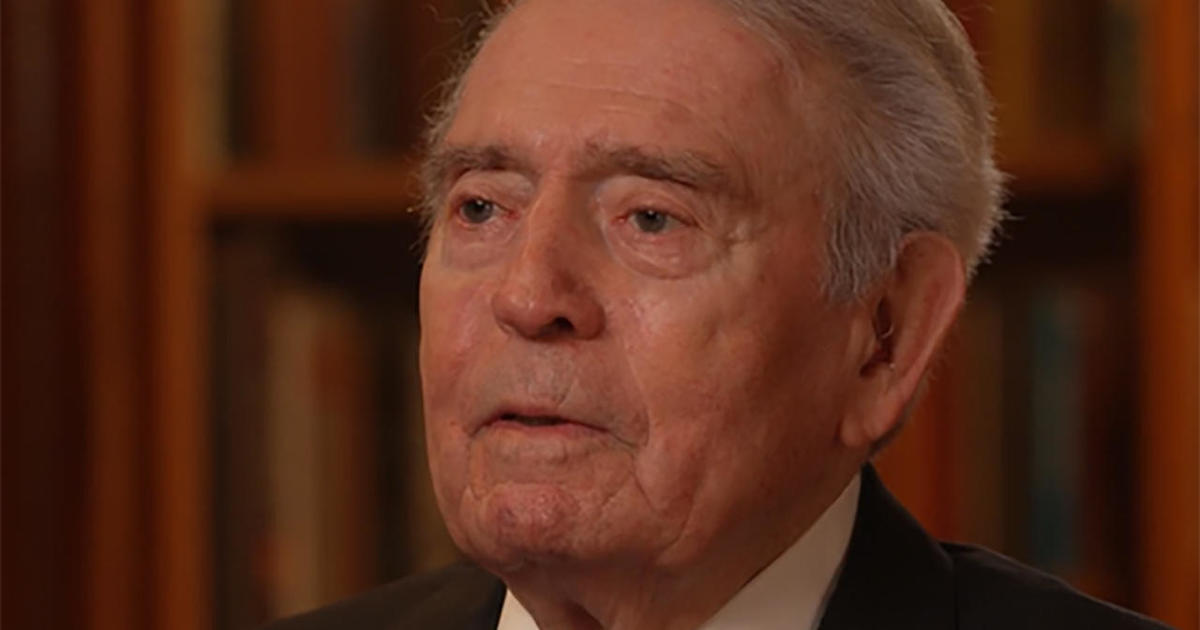NASA hears Voyager 2 "heartbeat" after losing communication with spacecraft
NASA picked up a carrier signal from its Voyager 2 probe days after the agency lost contact with the spacecraft, the Jet Propulsion Laboratory said Tuesday.
NASA said the signal, which the space agency called the spacecraft's "heartbeat," confirms Voyager 2 is still broadcasting. It was picked up by the Deep Space Network, NASA's international array of giant radio antennas.
NASA on Friday said it had lost contact with Voyager 2, located nearly 12.4 billion miles from Earth. Contact was disrupted when a series of planned commands on July 21 accidentally caused the antenna to point 2 degrees away from Earth, NASA said.
Now that the space agency has picked up a carrier signal, engineers will try to send Voyager 2 a command to point itself back at Earth, but if the command doesn't work, it's possible that communications won't resume until mid-October.
A scheduled orientation reset is programmed for Oct. 15. NASA said it believes the orientation reset, which is designed to keep Voyager 2's antenna pointed at Earth, should allow communication to resume. NASA believes the spacecraft will stay on its planned trajectory from now until Oct. 15.
Voyager 2 will be unable to send data back to Earth or receive commands until the antenna is successfully pointed back toward Earth.
Voyager 2 and Voyager 1 were launched in 1977. Voyager 1, which continues to operate normally, is located almost 15 billion miles from Earth. The spacecraft were designed to find and study the edge of our solar system.
Voyager 1 has been used to study Jupiter, Saturn, Uranus and Neptune, according to NASA. In 2018, more than 40 years after its launch, Voyager 2 entered interstellar space in 2018. Voyager 2 was the first human-made object to fly past the planet Uranus. The spacecraft discovered more than a dozen new moons during its years in space.
The spacecraft are operated by NASA's Jet Propulsion Laboratory, and the Voyager missions are part of the NASA Heliophysics System Observatory, sponsored by the Heliophysics Division of the Science Mission Directorate in Washington.



